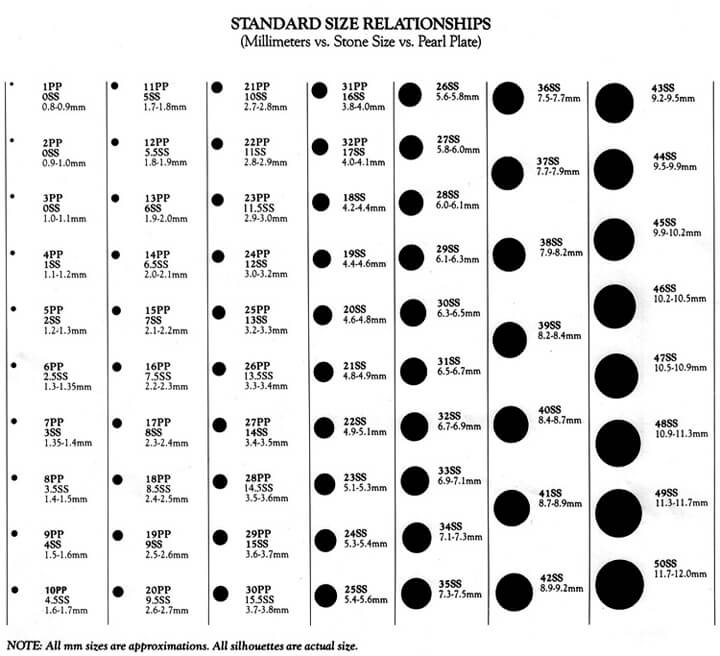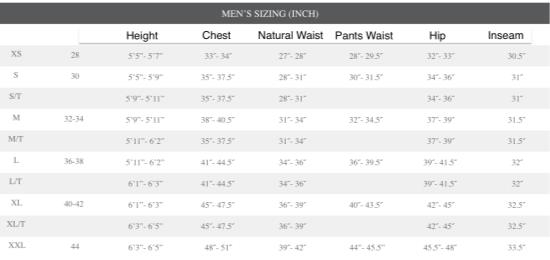

It is screened to exclude stone dust and pea gravel so that it will not compact and remains workable by hand, making it an ideal construction material and all-purpose gravel. 67 is another special grade containing rocks that are less than 1” with an average size of ¾ inch. Septic drainage fields Crushed stone #67: Usually less than 1″ WideĬrushed stone grade no.Primary raw aggregate in concrete mix and hot-mixed asphalt.It is a popular choice in agriculture, construction, and landscaping as it is large enough to use in load-bearing applications but still allows for drainage. See also How Does the Color of Light Affect Plant Growth? Crushed Stone #57 – Approx ½“- 1½″ WideĬrushed stone number 57 is a special grade often made from a blend of stones #5, #6 and #7 with a nominal size of ¾ of an inch, and is widespread and affordable. Topdressing for walkways, bike paths, and horse arenas.Added to larger stones to help pack crevices or prevent movement.Leveling agent for a paver base under clay bricks, blocks, patio stones, and concrete pavers.Base material for making pavers, concrete blocks, and concrete slabs (precast).Resembling coarse sand, #10 is produced as a byproduct of the crushing process and has many uses in the construction and landscaping industries:


We’ve taken a look at the most popular gravel sizes below, along with the places you would use them.
GRAVEL SIZE CHART HOW TO
See also How to Protect Plants From Frost - Best Plant Covers For Winter Other rock types often used include granite, trap rock, and sandstone. Nowadays, ‘gravel’ is also often used to describe all types of manufactured crushed stone and rocks used as aggregate in the construction industry as well as naturally occurring stones.Īggregate is made by harvesting large rocks and then crushing them using mechanical crushers which can produce various crushed stone grades of different sizes.Ĭrushed stone is characterized by its angular faces and jagged edges with most aggregate being made from limestone and dolomite. Usually found with a rounded shape and a smooth texture, these stones are found in waterside locations such as rivers, lakes, oceans, and geological formations. Natural gravel you may have heard of includes river rock, washed river gravel, and pea gravel depending on the size of the stone. Let’s jump in! Crushed Stones vs Gravel – What’s the Difference?ĭepending on where you live the definition of gravel may have different meanings as originally it was used to describe small pieces of natural stone that have been formed through natural weathering and erosion by water. When you’re planning to use crushed stone or gravel for a project such as a new driveway, drainage, or a patio, it’s critical you buy the right size that is intended for the job.Ĭrushed Gravel, Stone and Rock Sizes – Chart and Gradesįor that, you need a handy guide to tell you how big the different grades of gravel and rocks are and what type of function they are best suited for.Īlways striving to help our readers out, the team here at Bovees decided to create a comprehensive guide with all the information you need along with a crushed stone and gravel size chart to use as a handy reference.


 0 kommentar(er)
0 kommentar(er)
